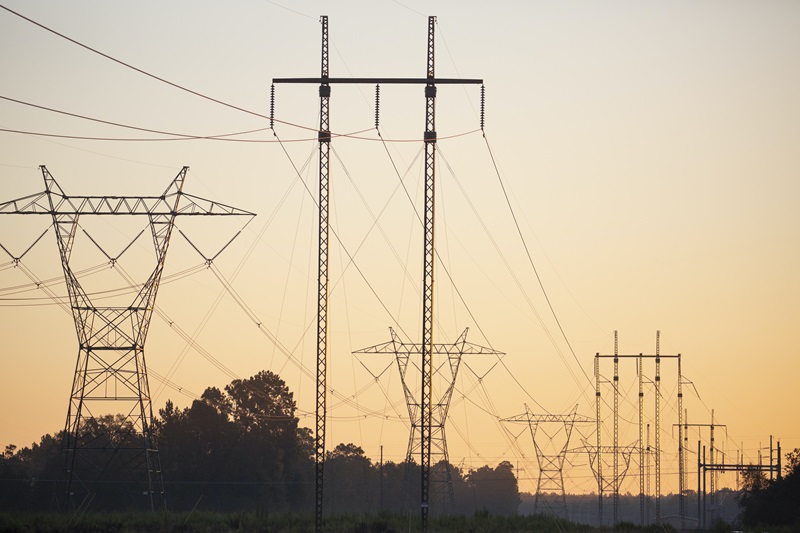Regional power grid provides an outlook for the peak summer season
The Midwest grid operator, known as MISO, anticipates a stable summer for the region’s electric grid, projecting a probable peak demand of around 123 gigawatts (GW) and total available generation capacity of approximately 143 GW. While MISO expects sufficient capacity for normal summer conditions, it has cautioned emergency measures may be needed if there are periods of extreme conditions.
Similarly, the North American Electric Reliability Corporation (NERC) recently reported that “MISO is expected to have sufficient resources, including firm imports, for normal summer peak demand.” However, NERC indicated that MISO has an elevated risk for reliability events during periods of extreme demand with high generation outages.
Great River Energy is well positioned to meet the electricity demands of its member-owners this summer.
“Summer typically has the highest load days for our system, but we and our member-owners are prepared to meet demands during peak conditions,” said Great River Energy Vice President and Chief Power Supply Officer Jon Brekke.
How co-ops handle the heat
Plants capable of rapid electricity production, called “peaking plants,” are critical during periods of high demand. Great River Energy also collaborates with its member-owner cooperatives to reduce electricity usage through voluntary demand management programs, such as interruptible irrigation and air conditioning. These initiatives not only provide relief to the electric grid but also offer financial savings to members.
Long-term plans in place
With preparations for this summer in place, long-term reliability is a concern for NERC, MISO and electricity providers like Great River Energy.
“New resources will be needed to meet growing demands,” Brekke said.
The Minnesota Public Utilities Commission earlier this year approved Great River Energy\’s long-range integrated resource plan, which outlines a 15-year strategy for reliably meeting the energy needs of member-owners in a cost-effective and environmentally responsible manner. Meanwhile, Great River Energy and several regional partners are developing several projects aimed at bolstering long-term reliability.
Among these is the Northland Reliability Project, a new 180-mile, 345-kilovolt transmission line designed to ensure continued reliability in northern and central Minnesota while delivering wind power from North Dakota.
Great River Energy also began deploying Heimdall Neurons on several of its transmission lines. These sensors sit on power lines and deliver real-time data about the status of the transmission system, allowing operators to fully maximize grid capacity, alleviate congestion and increase reliability.
Over the next two years, Great River Energy will enhance the Cambridge Peaking Station with dual fuel capability to improve winter reliability. At the same site, construction will soon begin on the first multi-day battery energy storage system in the country. A long-term battery would be capable of delivering electricity for several days, which would be valuable in during a heat wave of polar vortex.
“While we project stability for the upcoming summer, the grid\’s long-term reliability will depend on the successful implementation of these and other planned enhancements,” Brekke said. “Electric cooperatives are hard at work in planning for more electricity demands in the future.”

 " data-object-fit="cover">
" data-object-fit="cover">
 " data-object-fit="cover">
" data-object-fit="cover">